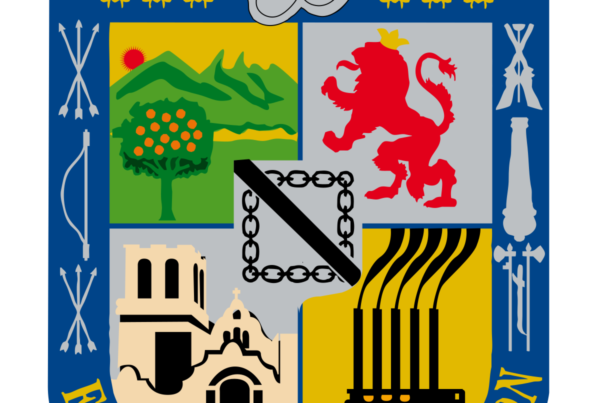Los habitantes de Mixtecapan (país de los mixtecos) o Mixtlán (lugar de nubes),
según los nahuas, se autonombran Ñuu Savi que significa en castellano
"pueblo de la lluvia". En Oaxaca, La Mixteca ocupa 189 municipios. (INPI,
2016).
De acuerdo a cifras dadas por el INEGI en el año 2015, Oaxaca es el estado de
la República Mexicana que alberga mayor población de Personas Adultas
Mayores Indígenas (PAMI), ya que hay 406 mil 169, que representan el 10.7%
de su población total.
También es considerado uno de los Estados de más hablantes de lengua
indígena, tan sólo en el municipio de Cosoltepec el 44.8% de los habitantes
they speak Mixtec language, however most of them are older adults,
This is why there is great concern about the extinction of languages
indigenous, as it has become known that young people are no longer interested
to preserve their mother tongue. It should be noted that this municipality also
it houses 35.1% of the total population of older adults in the State.
According to statistics from the National Commission for the Development of
Indigenous Peoples (CDI), six out of ten indigenous older adults are
illiterate, making this sector one of the most vulnerable, since
they live in regions of poverty and high marginalization.
According to experts, the demographic transition for the PAMI brings with it, a
change in traditional roles (displacing the elders from power
gerontocratic); greater survival of illiterate and monolingual people; Y
differentiated levels of economic statutes, levels of health and activity
productive. Thanks to migration, this transition has been accelerated, since
youth of working and reproductive age have begun to move out of the
countryside to the city, thus leaving children and older adults in the villages
mainly.
According to the report "Indigenous Aging in Mexico" carried out by the University
National Autonomous University of Mexico (UNAM), it was announced that this sector
have access to social security, therefore, they do not receive pensions, retirement
or a quality health care service.
Due to the marginalization experienced by this sector of the population, it is a challenge for
Oaxaca manage to increase the level of quality of life of its inhabitants, since
the PAMI, face double discrimination, the first for being older adults and
the second for being indigenous. Therefore, it is important to note that this
sector makes up an important part of the population of our country because
they enrich the ethnic culture.
because in recent years there has been an important demographic change at the
Jimenez C. (2018). Older adults in Oaxaca, the most marginalized sector:
UNAM. The universal. Mexico. Recovered from:
https://oaxaca.eluniversal.com.mx/sociedad/18-12-2018/adultos-mayores-en-
oaxaca-the-most-marginalized-sector-unam
INPI. (2016). Indicators on indigenous older adults in Mexico. Institute
National of Indigenous Peoples. Mexico. Recovered from:
https://www.gob.mx/inpi/articulos/indicadores-sobre-adultos-mayores-
indigenous-of-mexico
DIGEPO. (2018). Indigenous population. General Directorate of Population of
Oaxaca. Mexico. Retrieved from:
http://www.digepo.oaxaca.gob.mx/recursos/revistas/revista42.pdf
Torres H. (2019). Migration accelerates aging in communities of
Oaxaca. The impartial. Mexico. Recovered from:
https://imparcialoaxaca.mx/oaxaca/351705/acelera-migracion-el-
aging-in-oaxaca-communities/


